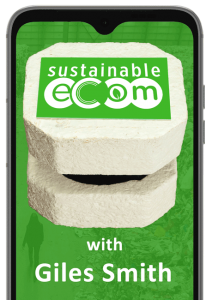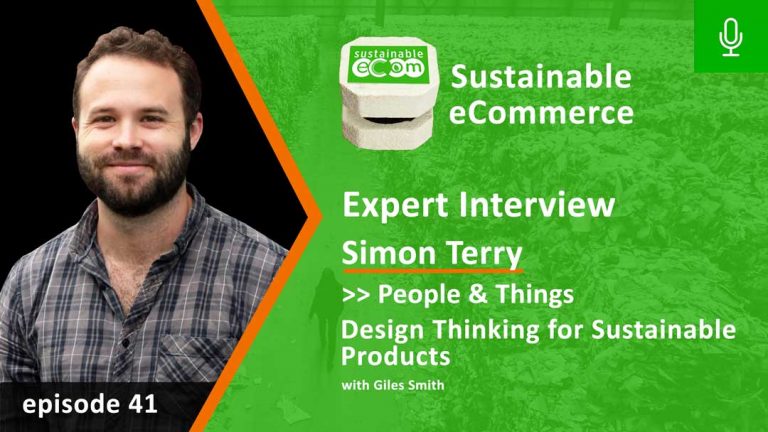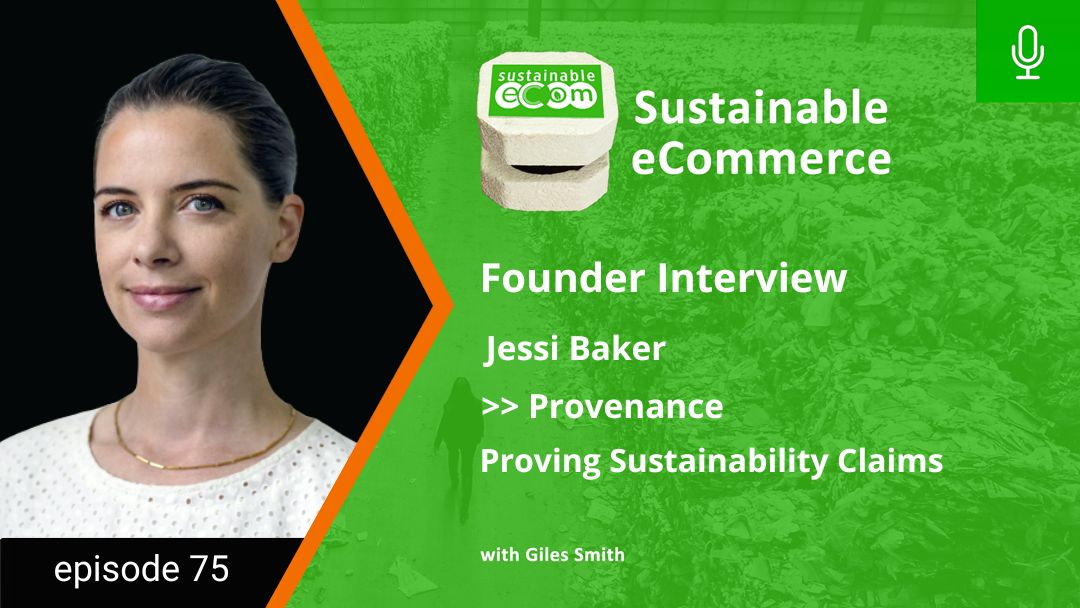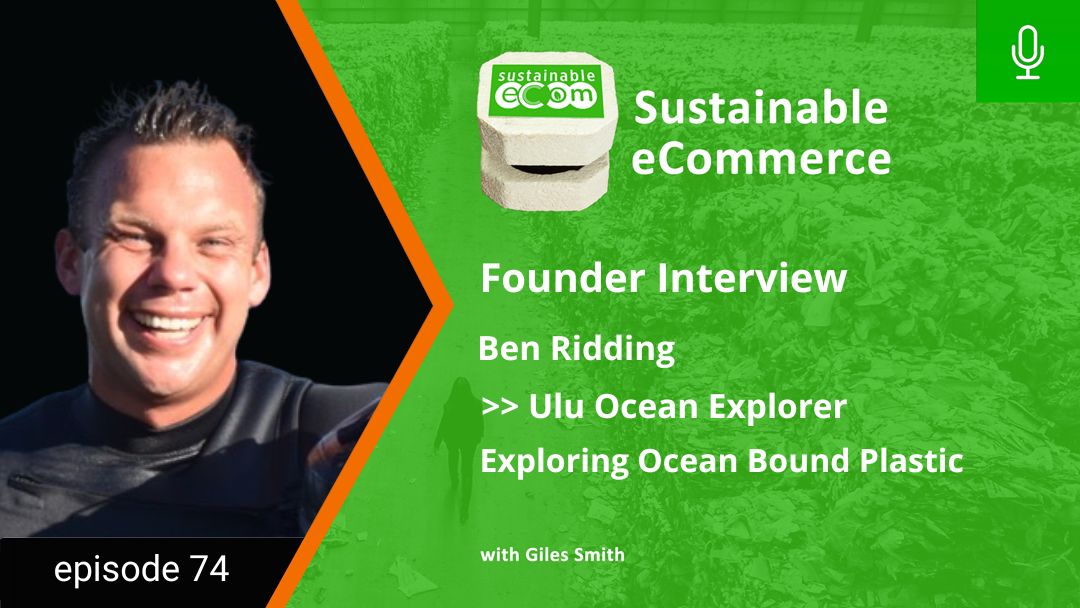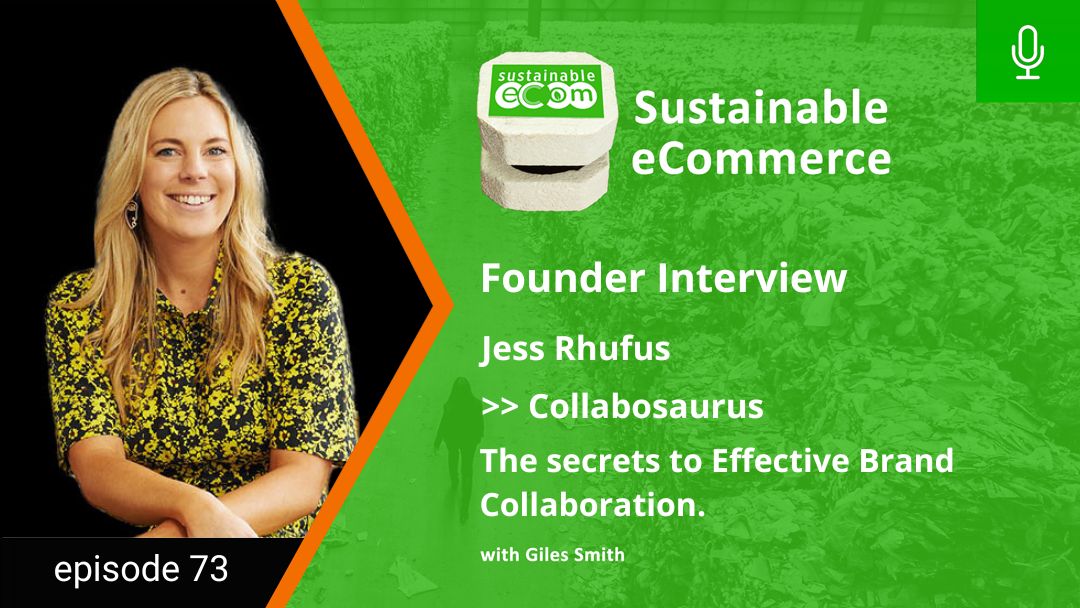Welcome to Episode 41 of the Sustainable Ecommerce Podcast!
In last week’s show we explored how Huskee’s product design process has been critical to enabling their Huskee Loop programme, where they can effectively take back end-of-life Huskee products and recycle them into new products without any specialist machinery, anywhere in the world, even though they’re made from discarded coffee husks.
It was a great example of how design thinking is essential to enabling both recycling and the circular economy.
With that in mind, I thought it would be great this week to delve a little deeper into things to be thinking about when creating sustainable products. My guest is head of design for product design agency People & Things, who specialises in helping sustainable brands breathe life into their ideas.
We’re going to talk about design thinking, about how to get best results from your design partners, how to think about creating your product to make it easier to recycle, and we do a kind of deep dive into plastic.
Introducing Simon Terry and People & Things
Simon Terry has worked as an industrial designer for 10 years, fusing art, business, and engineering to make products that we use every day. He has worked across different industries ranging from furniture to commercial fit-outs and is currently a consulting designer at People & Things.
People & Things is a company specialising in the development of sustainable products and helping sustainable brands breathe life into their ideas. Integrating circular economy principles into the product itself while utilising recycled plastics and other sustainable materials. They help build systems around every product they develop to fulfil the goals of the company and its customers.
The circular economy is our best hope for a more sustainable future, yet as a society used to disposable goods and stuck in a linear cycle, we must consider how to implement the circular economy from the very first stage of product design.
What do people need to consider when making products with recycled plastics?
Early in the design process, it’s important to consider not only thinking of the product you’re designing but also the system that’s built around the product. For instance, what can you do with a candle once you’ve burned it all? Can the company that sells this candle take it back to be refilled?
(An interesting example, and one we highlighted in Episode 17)
How we incorporate sustainability into product design needs to be answered differently for every product, and that means that product engineers need to be adaptable in their thinking.
If you are designing a product to be sustainable, understand that changes in your concepts will take place during the process. You may also need to adjust your existing practices. For example, Simon notes that simply having to remove adhesive labels from plastic before it can be recycled is an effort-intensive process. Consider embossing rather than adding labels.

When your product has multiple different components with different materials (take a shoe, for example), consider how those different components are connected together so they can quickly and easily be separated again when it comes to recycling. Historically, where different plastics are used in the same product they are ‘co-molded’ during manufacturing, which means that none of the components can be recycled. Instead, consider mechanical fastening.
Then, you should also carefully consider plastic colour. When using recycled plastic in an injection moulder, coloured plastics are trickier especially black plastics because of the sorting process that takes place and the time it takes to separate and sort different colours. As with the machine, running white and coloured plastic one after another requires running parts through the moulder until it clears out every single particle of the coloured plastic to avoid getting different colour specks. That process results in a lot of plastic waste. So, if you are planning to make products out of recycled plastic, stick to one or two colours for easier processing.
What are the best uses of recycled plastic?
Plastic is made from an oil-based material and processed into an incredibly versatile, strong material and also incredibly cheap to manufacture.
But every time plastic is recycled, it loses a bit of its integrity, so when you find a product that deals with recycled plastic content, they often combine it with virgin resin to maintain its structural properties.
Using recycled plastic is often thought of more from a positive-messaging point of view that actually the right choice for the product. In fact, it may not be the most sustainable solution at all. If the context is to use the recycled content in a single-use scenario, that plastic is going to end up in landfill, so best case you’re only getting one more cycle out of the resin.
Instead, a great use of recycled plastic is where the end product stays in use for decades, or can even be thought of as a generational product.
People and Things recently worked on a chopping board that can be treated as an heirloom as opposed to throwing it out whenever you move out of a house.
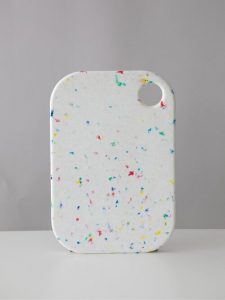
Recycling plastics into high-value items that have a long lifespan is a great solution, for example park benches, fencing, sheds etc.
What are the different methods of working with recycled plastic?
Reprocessing plastics into a form where it can be melted can be categorised into two things, mechanical and chemical. In the mechanical way, thermoplastics (meaning you melt it up with heat) and rigid plastics (hard plastics) process the plastic much better than processing soft plastics that may gum up the machine. Chemically processing plastic uses a cutting edge technology where plastic can be broken down to molecular level and reprocess it back into crude oil.
As there are different processes on recycling plastics, there are also different challenges that come with it. Injection moulding makes most of the products in the world, it is designed to be a high volume production method which is perfect for economy of scale.
But if you’re just starting out, the high-volumes you need for injection molding brings risk. What will happen to that plastic if your product doesn’t sell? For lower volume, a great alternative might be compression molding.
Compression moulding is one of the main forms used in manufacturing recycled plastics. It is a more labour- intensive way of making a plastic product where you take a mould and fill it with shredded plastic and bake it in the oven for a certain temperature and compress the mold under a massive weight. It results in a quite distinctive terrazzo style plastic finish, like for example the Fat Tuesday’s chopping board or the Hi Jac dog leash.
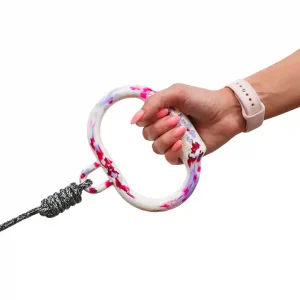
3D printing is a fast-growing industry that is greatly changing our approach to low-volume manufacturing. Previously, it was only used during product development, but now, you can go and buy a really good 3D printer for less than a thousand dollars, and you can use 3D printing for small scale production.
3D printing technology can use a variety of different plastics, the most common being PLA and ABS (the material LEGO is made out). You can even use boutique materials on your 3D printer.
What are some of the challenges with using Ocean Plastic?
Ocean plastic is a very difficult material to use, and even tricky to define. For example, the term ‘ocean-bound’ plastic is often used, which is really the same as saying kerbside plastic – not really ocean plastic at all.
But real ocean plastic is very hard to work with. There are thousands of different types of plastic, and material collected from the ocean is mixed, not labelled and full of contaminants. That makes it mostly non-viable as an economic resource. According to Pete Ceglinksi of Seabin, all the plastics they collect on the ocean get dumped into landfill, because there’s no commercially viable supply chain for it.
How to work with People & Things
If you want to build a product and do it sustainably, drop a message to Simon and People & Things you can contact them through their website, peopleandthings.com.au give them a follow in Instagram or talk straight to Simon on Linkedin!
Top Takeouts
In case you were in any doubt at this point, if you’re working towards making sure your product can be recycled at end of life, you really need to give that consideration during product design. The more complicated it is, especially when made from different materials or components, the more absolutely critical that becomes.
We also heard the behind-the-scenes problems with plastic recycling. Something as simple as adding adhesive labelling to a recyclable product adds time, effort and expense to the whole recycling process, all of which hold it back from the kind of cost efficiency needed to make recycled resin an obvious choice for feeding back into the supply chain.
And we also heard Simon’s advice on how to partner with a design agency. He didn’t say this in so many words, but if you’re designing a product to use more sustainable materials, for recycling or for circularity, then you really need to work with a partner that expertise in this arena. And, when that’s the case, the best result is to come into the conversion knowing what you want to achieve, but an open mind on how to get there.
Coming in with a fixed opinion about the material, or the design at the start may not end up with the best result, or you may end up spending a lot more money fixing it up later.
I’ll be back again next week with more stories from the world of Sustainable Ecommerce, so until then, keep building your brand for a healthier planet!





